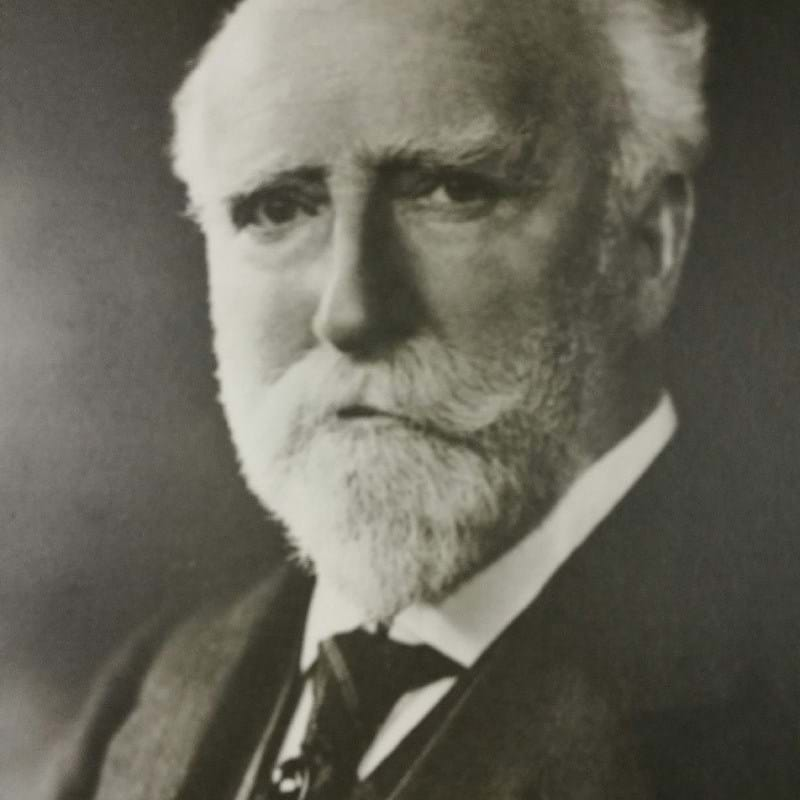
William Macnab CBE: 1934–1935
William Macnab was one of the founders of the Institution and was closely associated with the formation of the Chemical Engineering Group, being regarded as a pioneer in the movement leading to the recognition of the profession of chemical engineering in the UK.
He was born in Greenock on 4 February 1858 and was educated at Greenock Academy and Edinburgh Institution, from which he passed to Glasgow University.
In his early career he specialised in sugar chemistry, in which field he held positions in Magdeburg and in London as chief chemist of the Clyde Wharf Sugar Refinery. Chemical engineering first attracted him during his connection with the Water Softening Co. when he installed and demonstrated numerous installations in all parts of Great Britain.
He travelled in the United States and Canada before entering into a consulting partnership with C Napier Hake in 1888, and he continued the practice alone after Hake moved to Australia.
He developed an extensive experience in the construction, development and management of explosives works and it is in this field of activity that he was so widely recognised as a leader throughout the world.
During the Great War he was an original member of Lord Moulton's Committee on explosives and was intimately connected with the construction of many of the large explosives works built during the War, the most notable being at Gretna. It was his outstanding knowledge which dictated his selection by the Government to compile the ten volumes of 'Technical Records of Explosives Supply'. He also published many papers in the journals of the Royal Society and of the Society of Chemical Industry.
William Macnab was prominently connected with many scientific societies: a Fellow of the Chemical Society where he was a member of its Council in 1915-1916; an original member of the Society of Chemical Industry where he was a long serving Council member and a Vice President as well as representing the Society on commissions, enquiries and national committees; a member of the Committee of the Chemical Engineering Group; and a Fellow of the Institute of Chemistry, also serving on the Institute's Council, at intervals, for a total of 12 years and was its Vice President from 1921-1924.
Return to list